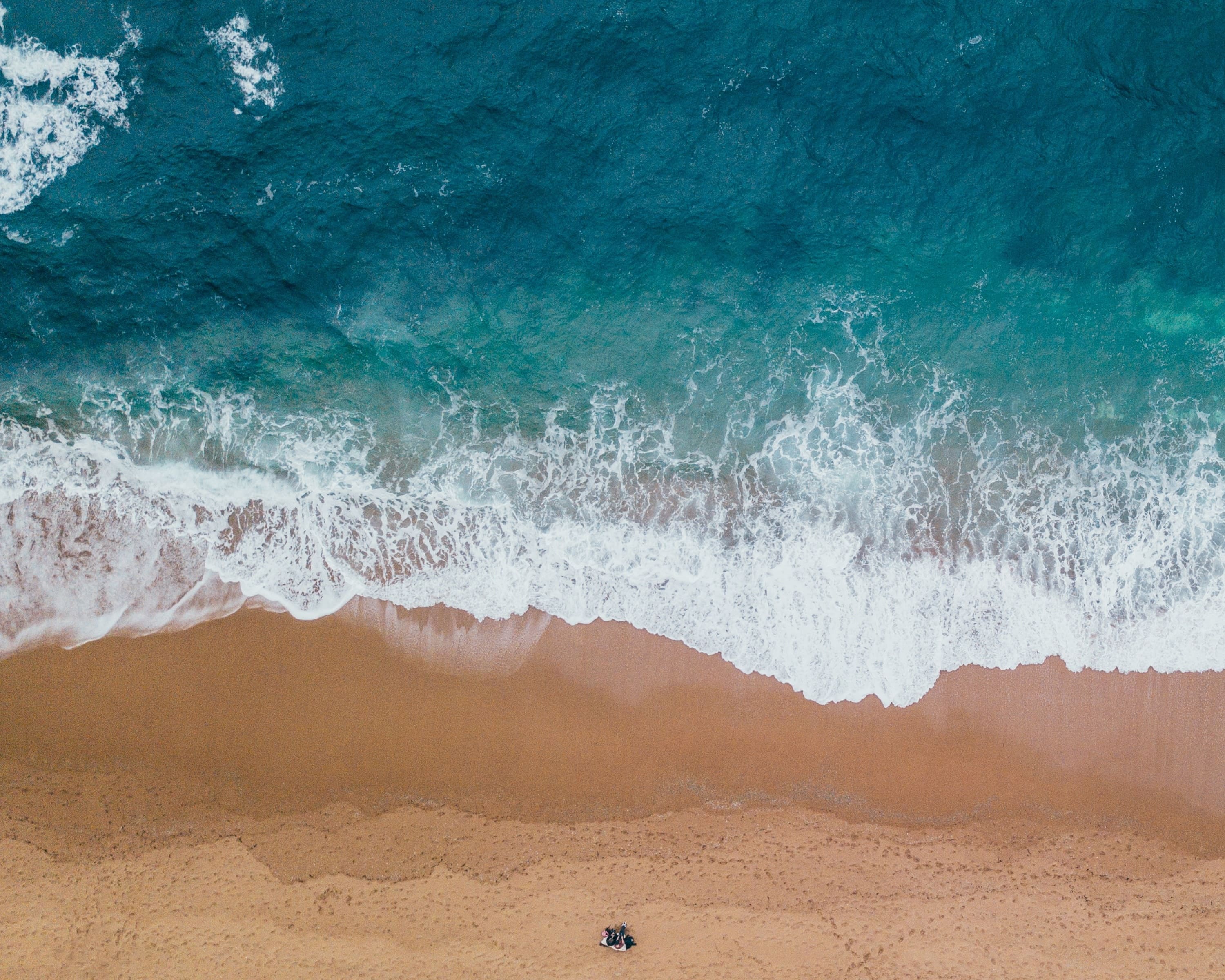Marine Energy
The ocean is the heart of what is at stake around climate change, sustainable development, and the loss of biodiversity. Its preservation is essential to protect marine creatures and also because the ocean can provide solutions.
The notion of marine energy (also referred as marine power) concerns all the energy carried in seawater. The increasing energy needs as well as the preservation of the planet have allowed finding out and using the potential of marine renewables. This field has strong development potential in the years to come.
Marine energy is therefore used through different system such as:
- Tidal power or tidal energy is marine energy that uses the difference in height between high tide and low tide (tidal range). A dam equipped with turbines located in an arm of the sea or an estuary makes it possible to produce electricity by using the differences in water levels between the sea and the retention pond.
- A tidal stream generator is a bit similar to a wind turbine. Instead of the wind, tidal turbines use the power of marine currents to make them spin; the rotation of the turbines will create hydrokinetic energy and then process into an alternator (turbine generator unit) and a converter that transforms this kinetic energy into electricity.
- Offshore wind parks are located at sea on floating or anchored platforms. They provide electricity thanks to turbines and an electric generator with more wind power.
- Wave power (or wave induced motion) is a marine energy that uses the energy of the swell to create electricity. Many solutions exist: those based on surface undulations, those related to deeper movements, and then those related to variations in height with each wave. These mechanical movements cause fluid pressure and depression games driving turbines and therefore producing energy.
- Osmotic power is a marine energy based on the difference in salinity between seawater and freshwater. The two bodies of water are separated by a semipermeable membrane. In order to balance the salt concentration of the two water masses, the water molecules naturally migrate through the membrane to the seawater compartment. This migration creates overpressure in the saltwater compartment. This overpressure causes water to flow to an electricity-generating turbine. Electricity produced by osmosis is mainly used in estuaries because it is easy to get fresh water and seawater at the same time.
- Energy from marine biomass makes it possible to produce biofuels using algae. In order to obtain energy from this biomass, there are different ways such as combustion, anaerobic digestion and transformation.

Ocean thermal energy conversion (OTEC) can be found in three different ways:
- Thermoelectric power is a marine energy that uses temperature differences between deep waters (cold, at 600-1000 meters) and surface warm waters. The temperature difference of at least 18°C allows turbines to work and produce electricity (thanks to a pumping system).
- The SWAC (Sea Water Air Conditioning) system allows buildings to be cooled using deep, cold water. Once the water is pumped, it will pass through a heat exchanger where it cools a heat transfer fluid. Buildings are then cooled down with air conditioning while the seawater used is released on the surface with a few more degrees.
- Marine geothermal energy (thalassothermy) is based on the same principle of calorie exchanges. However, thanks to heat pumps, regardless of the water temperature, it is possible to heat and/or cool infrastructures. An underwater seawater intake can be used or a drainage system on the beach (Enerplage® system).
Marine energies are booming and have a promising future around the world. More and more projects are emerging and will make it possible to achieve energy efficiency goals, which are important today with global warming.
